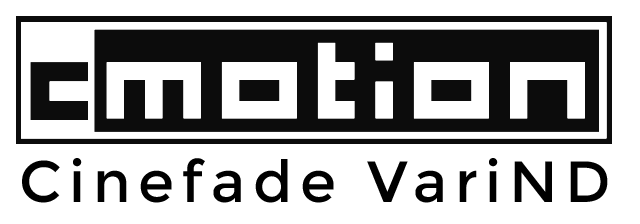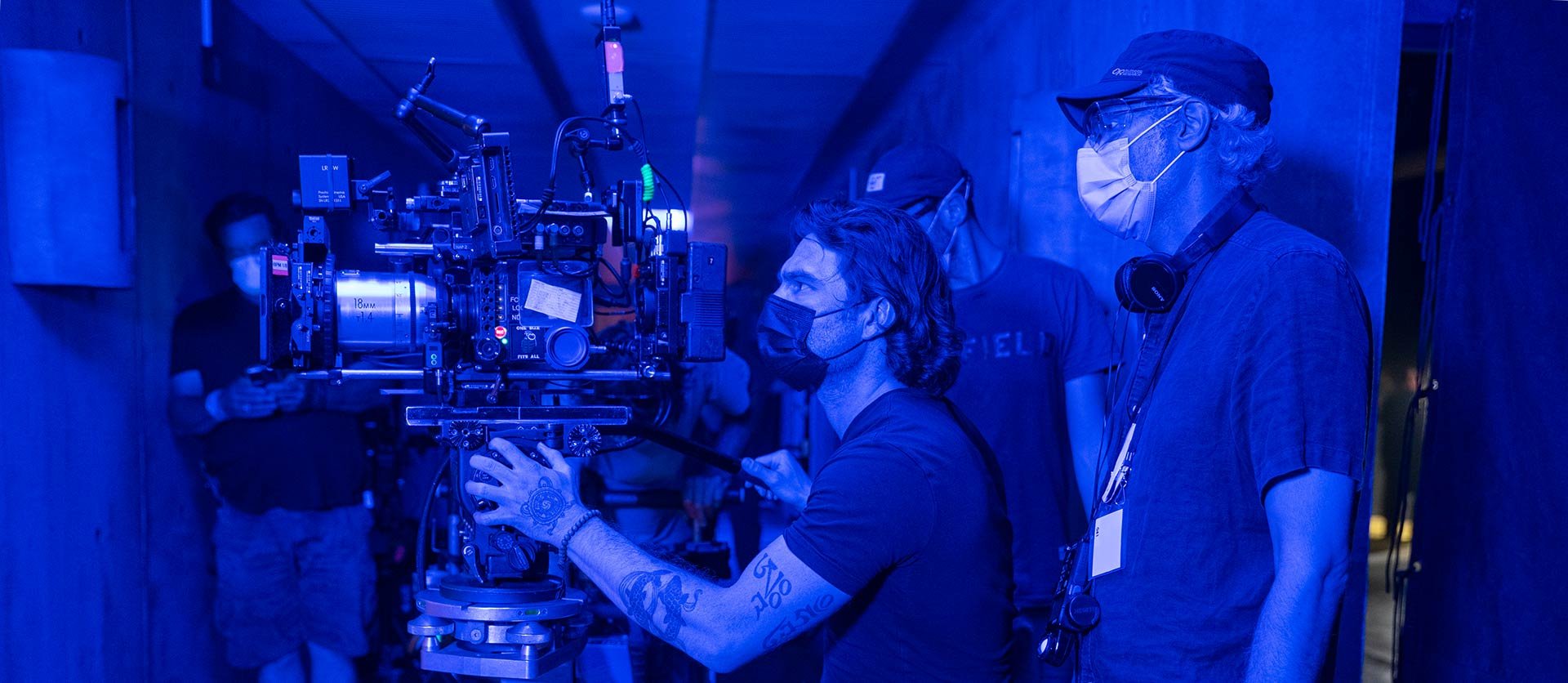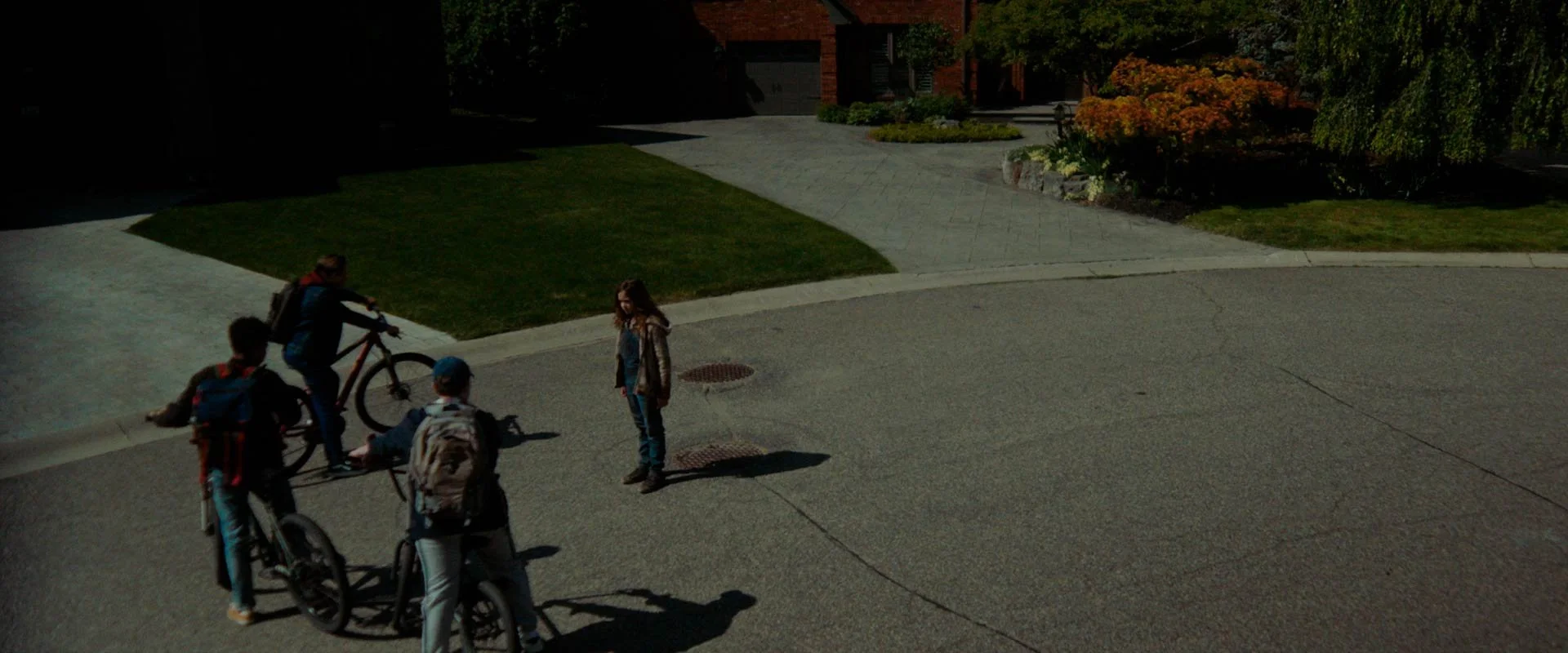Cinefade VariND speeds up workflow on set of Firestarter as precision exposure tool
Karim Hussain CSC used the Cinefade system on feature film 'Firestarter' and discovers the professional variable ND filter is a high quality and more flexible alternative to using traditional ND filters, especially when filming at dusk during magic hour and on two-camera setups when matching different lenses shooting wide open.
Interview with Firestarter Director of Photography Karim Hussain CSC
Oliver from Cinefade had an in-depth chat with Karim Hussain CSC to discuss his on-set workflow, the creative and practical benefits of a variable ND filter and the potential for the system to become a fundamental piece of equipment for many professional productions.
OC: This was your first experience with Cinefade. Tell me how you heard about the system.
KH: I shot the film 'Possessor' (2020) with my good friend and director Brandon Cronenberg in which we were trying to achieve a background blur effect, basically exactly what the Cinefade system allows you to do. We shot camera tests and experimented with syncing film lights to the iris but eventually gave up on the idea, as it was too complicated and eventually moved on.
During prep for 'Firestarter' the director Keith Thomas and I watched the original film from 1984 in which they use a funny sound effect whenever something supernatural happens. We wanted to improve on that and come up with a visual way of expressing the narrative when I remembered the background blur idea I had. Later on, I was on the ARRI website and happened to come across Cinefade, which achieves the variable depth of field effect I always dreamed about doing.
At first the studio was scared when talking about doing practical in-camera effects but my 1AC Chris Gruggen and I tested the system at Keslow in Vancouver, Canada who were very helpful. We were so impressed that we ended up hiring two complete systems and using it all the time for regular photography work too.
OC: How exactly did you use the Cinefade?
KH: The VariND mode of the Cinefade changed everything for me. I used it on every single shot in the film, if I had enough light. There are so many benefits to using a variable ND filter when you have little time on set.
First of all, we were shooting with minors, which means that we only get six hours per day with them and every second spent changing traditional ND filters is time wasted. The same is true when we're shooting a scene at dusk and want to capture every minute of magic hour. The director would ask "can we shoot yet?" and I would simply turn a knob on the cPro hand unit to find my correct exposure for that specific moment and say "let's go". No need to wait for assistants to stop everything and go change a filter. The director noticed the difference and was able to stay in the flow, the actors too! It's really phenomenal for magic hour.
OC: Tell me more about the setup you had.
KH: We were shooting ARRIRAW on two Alexa Minis with a mixture of vintage MasterBuilt Classic primes for that softer look as well as Angenieux zooms. The VariND lived in the second and third stages of the matte box and I had a Black Pro-Mist diffusion filter in the first stage most of the time.
Chris, my focus puller ran his Preston system alongside the cmotion cPro system and I had an iris tree setup with my monitors, two Cinefade controls on top powered by V-mount batteries and two iris controls below, which worked really well and gave me the flexibility of being able to precisely dial in the exposure from video village sitting next to the director.
OC: Run me through your process of setting up a shot.
KH: The whole movie was shot wide-open at T1.4, so for a day exterior, I used my light meter to get a reading, the internal NDs of the Mini to get close to my final exposure and then the VariND to fine-tune the exposure and get it perfect. Chris marked up the knob ring of the hand units with the ND values so I could quickly go to the required stop rather than using the readout on the display.
The Cinefade improved my speed incredibly and made it much simpler to remain at a constant shallow depth of field throughout the entire shoot. I don't need to worry about changing depth of field mid-shot anymore in conditions with varying cloud coverage and we don't have to constantly change NDs every time the sunlight comes out. Now I simply turn the knob to adjust ND value and adapt to the changing light conditions.
It's also great to be able to remotely control the exposure when on Steadicam and the operator loved it and wants to use it again for interior to exterior shots.
OC: It's great to hear that you've changed your workflow of exposing a scene and are able to work faster with the VariND as a precision exposure tool.
KH: It changed everything for me! There were other occasions where it made my life easier too. For example when using two different vintage lenses with different stops. We would have a MasterBuilt T1.4 prime on A-camera and the Angenieux 25-250mm T3.2 zoom lens on B-camera. Now bear in mind that this lens is from the 1970s, has fungus in the rear element and the T-stop markings are no longer accurate. It's got character so we called it 'Lucky Pierre' and the sweet spot is wide-open at T3.2. How do I match the exposure on those two lenses. I mean, what even is T3.2? Is it T2.8 and a third? They don't make half-stop NDs or third-stop NDs anymore, so having absolutely precise exposure control between the two cameras was vital to allow me to have both lenses wide open. I lit for the slowest lens, in this case for the zoom at T3.2 and then used the knob of the VariND controller like I would an iris controller to match the lens on A-camera by eye on the monitors.
OC: I can tell you loved working with the VariND but were there any downsides? Some DPs worry about colour cast and polarisation issues when working with two polarisers.
KH: We did not notice any colour cast but also didn't push the VariND too far because we had the internal NDs of the Mini and then used the VariND mostly to fine-tune.
The only issue we had was some ghosting, which is unavoidable when using any sort of filters and shooting against a strong light, like fire in our case. Having a matte box which can tilt often helped to eliminate the ghosting artefacts but sometimes the shot was too unpredictable and we resorted to painting them out in post-production.
I did notice the polarisation when shooting an iPhone screen, which turned slightly yellow and was darker but I guess that is to be expected when introducing a polarised screen to the image.
OC: We've talked a lot about the practical applications of the Cinefade but originally you wanted to use the creative Cinefade variable depth of field effect.
KH: Yes, and we did use it as a creative tool too! We blurred the background every time the character Charlie played by Ryan Kiera Armstrong controls the mind of another person or moves objects via telekinesis. The depth of field goes from deep to shallow in those moments. We shot about 20 or 25 scenes with the Cinefade of which 4 or 5 made it into the final cut.
One example is when Charlie is outside a playground and there are kids on a bike moving around her. We set the Cinefade as deep as possible at T16 and opened it up all the way to T1.4 and back again for an extreme seven-stop pull. As you can tell, I don't like doing things halfway!
OC: Thank you for taking the time to talk to us!
KH: My pleasure! I've since used the Cinefade on an independent project too, which I also produced together with Brandon Cronenberg called 'Infinity Pool' (2022) and before we even started I called the Line Producer and told him that we have to budget for two Cinefade systems and plan for it to be part of the camera package. I think it's an exciting new tool that not many people know about and the more it is integrated into the production workflow, the better. I may even buy one myself soon.
Karim also wrote an article published in Canadian Cinematographer article about his experience with the Cinefade system, available to read in full here.






